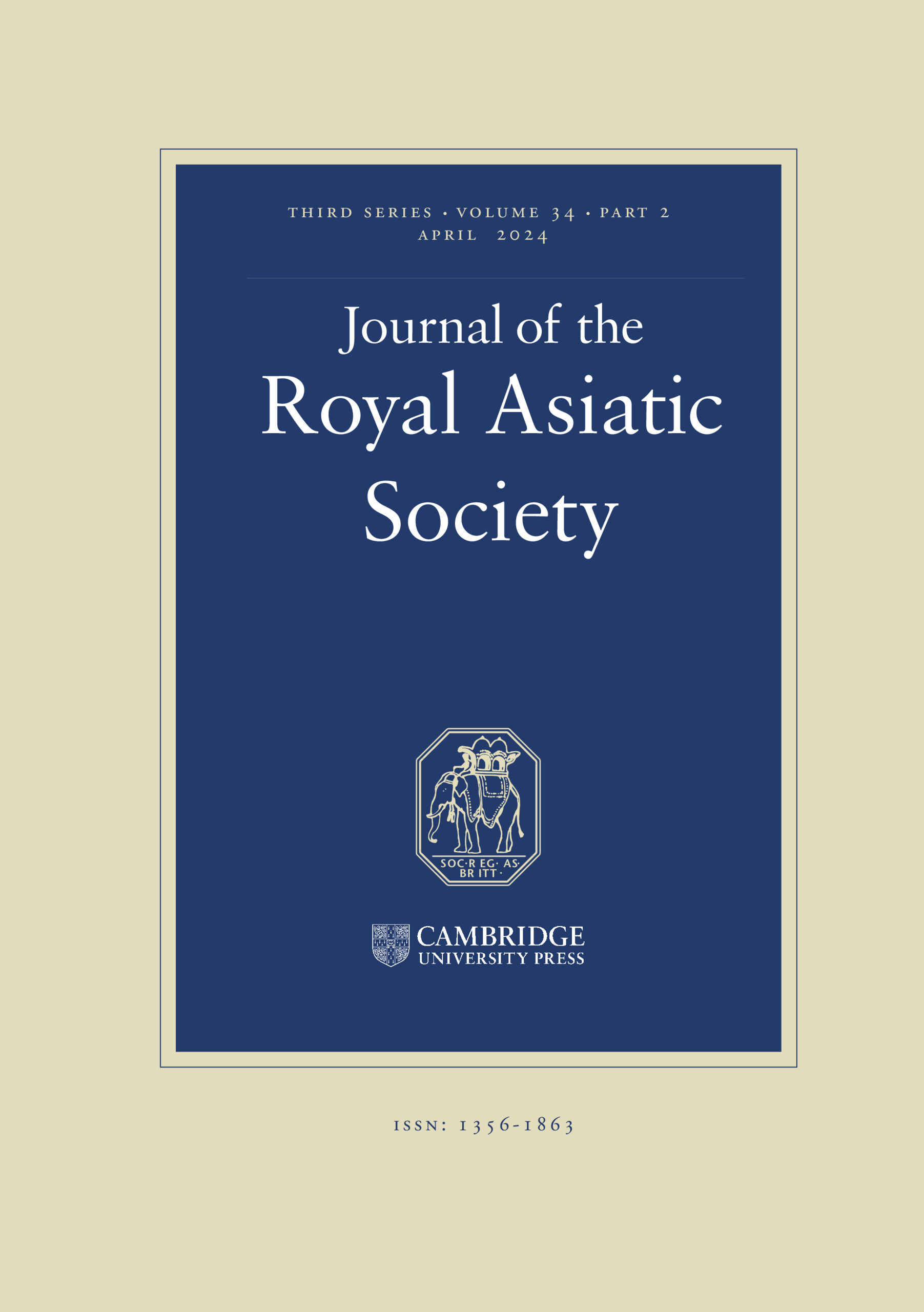"While the use of the practice during the Sepoy Mutiny of 1857 is well known, the British appear to have adopted the tactic as a capital punishment meted out by courts martial in 1760, considering the technique ‘more deterrent, more public and more humane’ than the method of capital punishment that preceded it: flogging to death. Execution was not an altogether uncommon punishment for British soldiers convicted of desertion, treason, or even lesser crimes. However, in the context of colonial India, British perceptions of the local cultures appear to have directly influenced the choice of method.Footnote 75 Hanging was seen as an insufficient deterrent for native troops as it ‘did not result in the severing of the head from the body’ and, as such, execution by cannon was favoured by the British Indian Army for particularly egregious crimes committed by native Indian soldiers, or ‘sepoys’.
top of page

Like
0
2
bottom of page

I am not sure that flogging, albeit brutal and bloody, as well as controversial, was intended as a form capital punishment. For that the firing squad or the gallows proved sufficient.
It's a cruel word, listen to Napoleonic Quarterly 4-1802